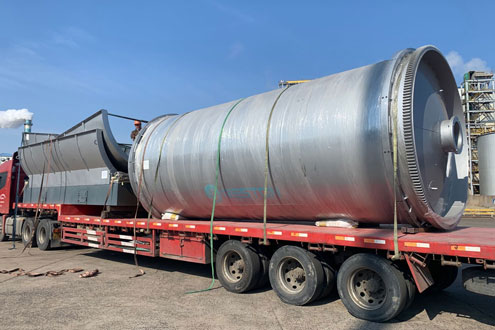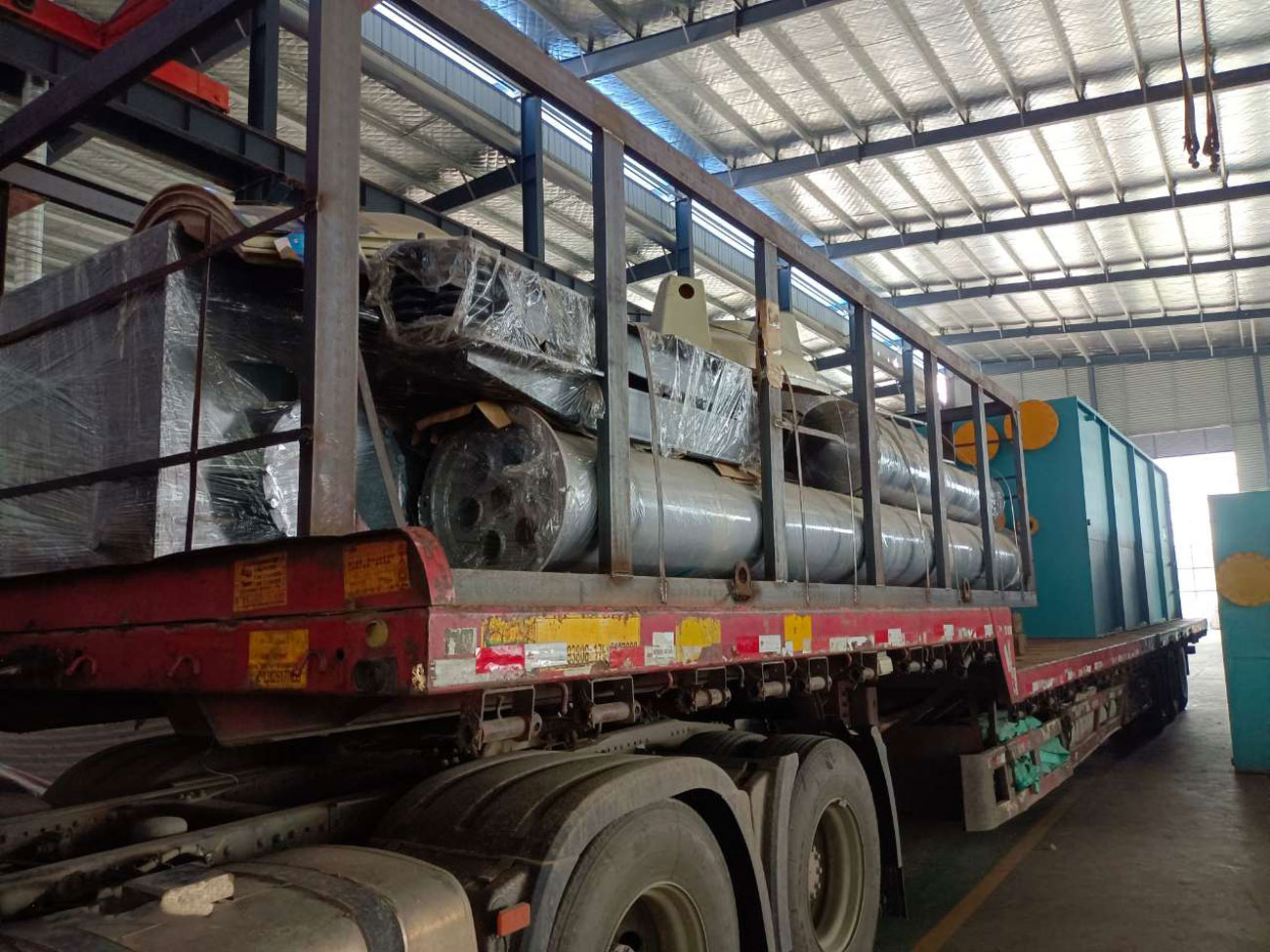In our quest for sustainable solutions, finding innovative ways to manage and utilize organic waste is crucial. Continuous pyrolysis plants offer a game-changing technology that enables us to transform various organic materials into valuable resources. This post explores the concept of continuous pyrolysis and highlights the incredible potential it holds in converting waste into wealth.
Continuous pyrolysis plant is advanced facilities that use high temperatures and a controlled oxygen-free environment to break down organic materials such as biomass, plastic, rubber, or municipal solid waste. Through this thermal decomposition process, these materials are converted into three valuable outputs: biochar, bio-oil, and combustible gases. Let’s delve into the benefits and opportunities that arise from this transformative technology:
Resource Recovery: Pyrolysis oil plant enables the recovery of valuable resources from organic waste. Biochar, a solid carbon-rich material, has multiple applications, including soil amendment, carbon sequestration, and energy production. Bio-oil, a liquid product, can be refined into various fuels and chemicals. Combustible gases generated during the process can be utilized as a renewable energy source to power the pyrolysis plant itself or as an alternative fuel for other industrial processes.

Environmental Sustainability: Continuous pyrolysis contributes to environmental sustainability by mitigating climate change and reducing pollution. The process allows for the capture and utilization of greenhouse gases that would otherwise be released into the atmosphere during waste decomposition. Additionally, by converting organic waste into biochar, carbon is effectively sequestered, reducing carbon dioxide emissions and helping combat climate change.
Energy Independence: Continuous pyrolysis plants play a significant role in achieving energy independence. The combustible gases produced during the process can be used as a renewable energy source, reducing dependence on fossil fuels. This not only helps to diversify the energy mix but also contributes to a more sustainable and resilient energy system. Know how it is enery-saving from this page https://www.bestongroup.com/tyre-pyrolysis-plant-for-sale/.

Circular Economy: Continuous pyrolysis plants promote the principles of a circular economy by closing the loop on waste materials. By transforming organic waste into valuable resources, they facilitate resource recovery and recycling, reducing the need for virgin materials. This leads to a more efficient use of resources and a reduction in waste generation.
Economic Opportunities: Continuous pyrolysis plants create economic opportunities at various levels. They stimulate job creation in waste management and recycling industries, contributing to local economic growth. Additionally, the production and utilization of biochar, bio-oil, and combustible gases offer revenue streams and investment opportunities in sectors such as agriculture, energy, and manufacturing.
Continuous pyrolysis plants are at the forefront of the waste-to-wealth movement, revolutionizing the way we manage and utilize organic matter. By converting waste into valuable resources, they contribute to waste reduction, environmental sustainability, and economic prosperity. Embracing this transformative technology brings us closer to a circular economy and a more sustainable future where waste is seen as a valuable asset rather than a burden.